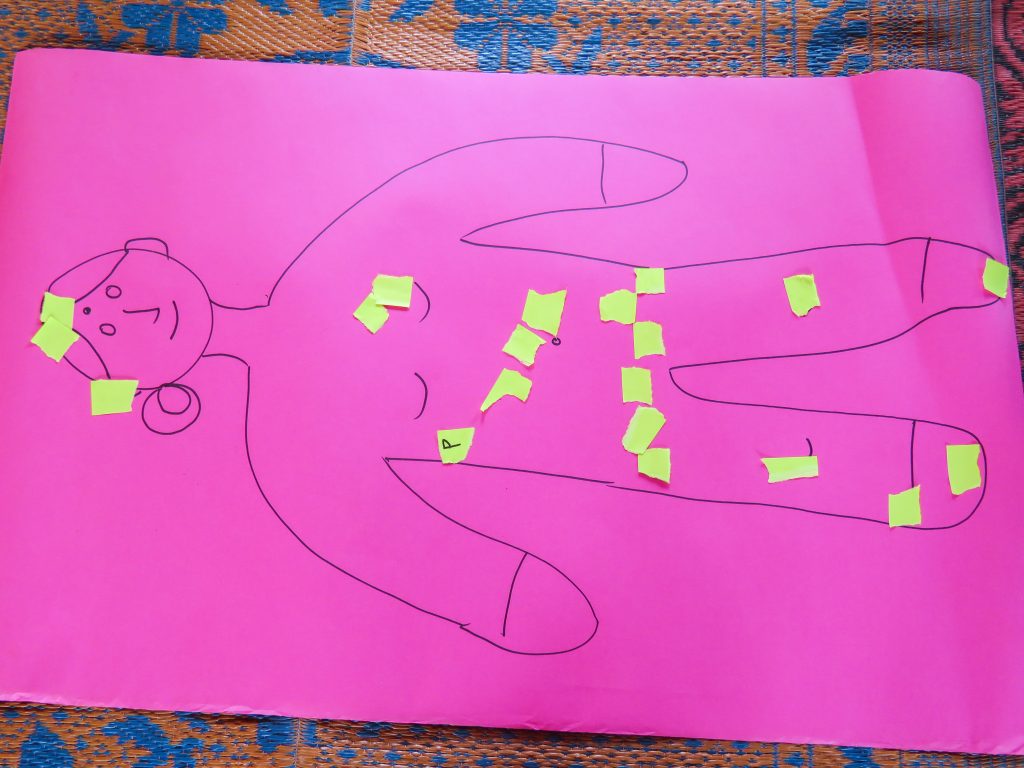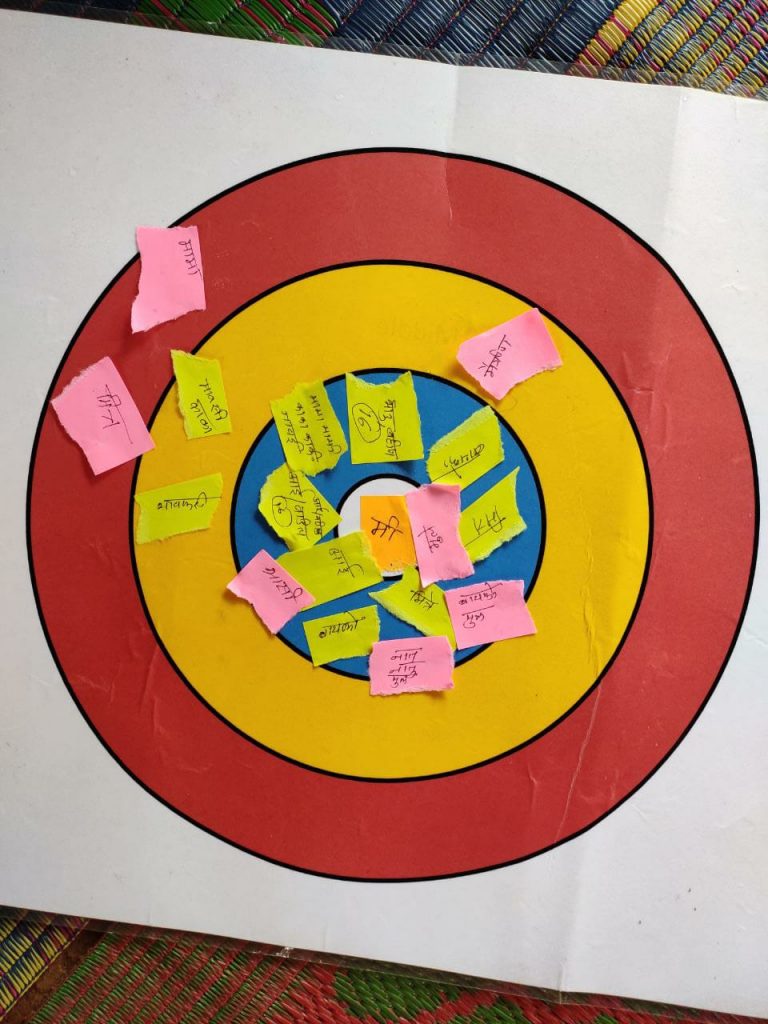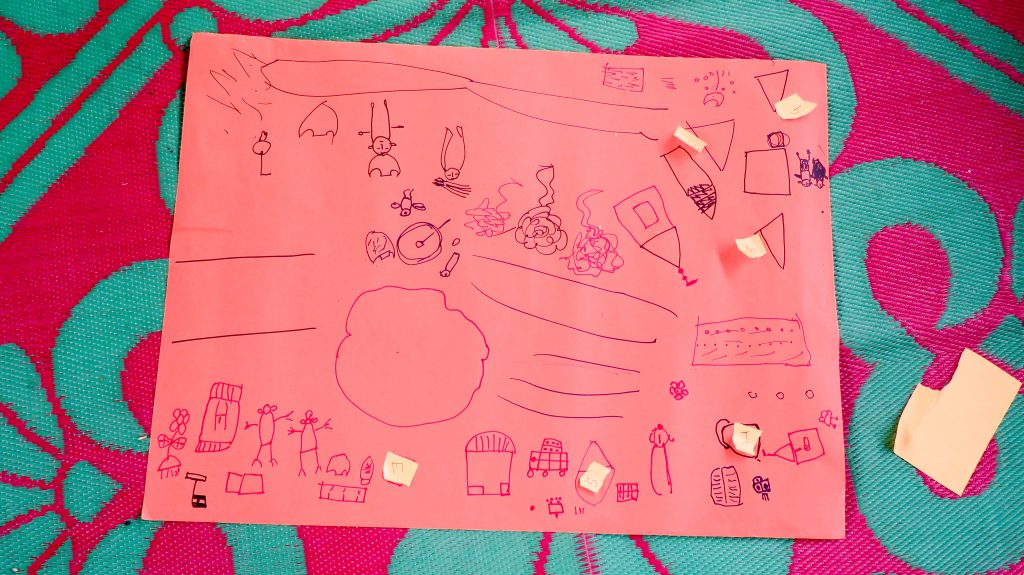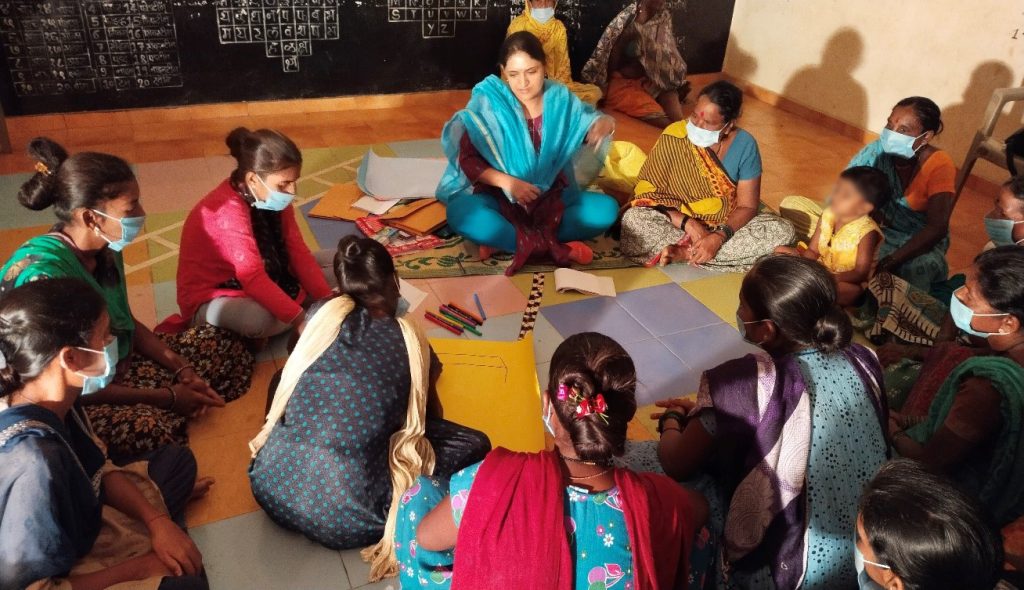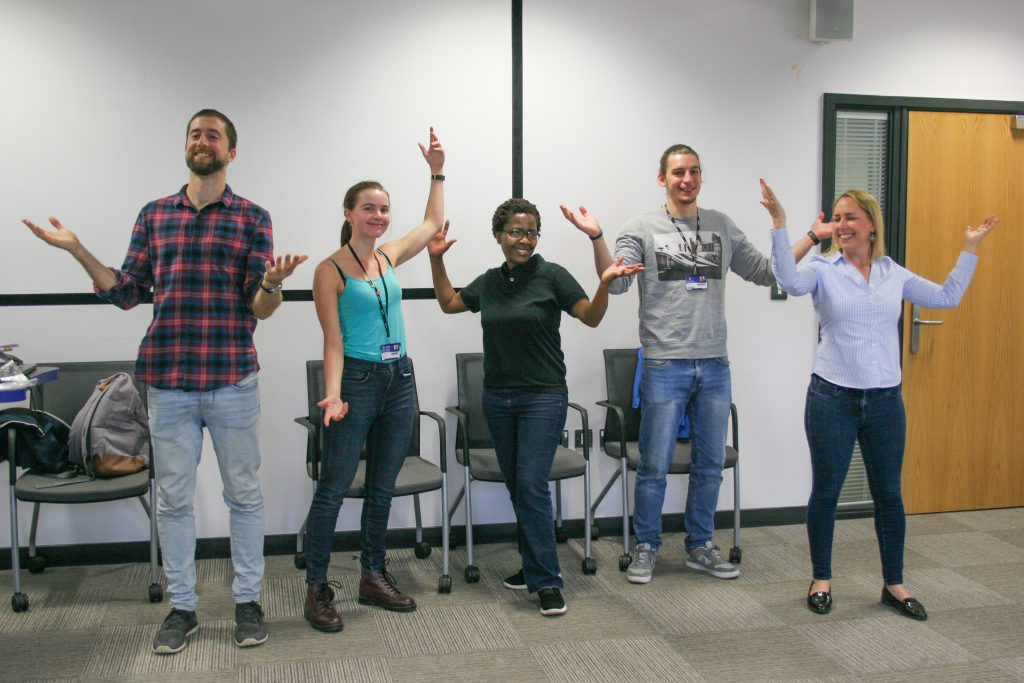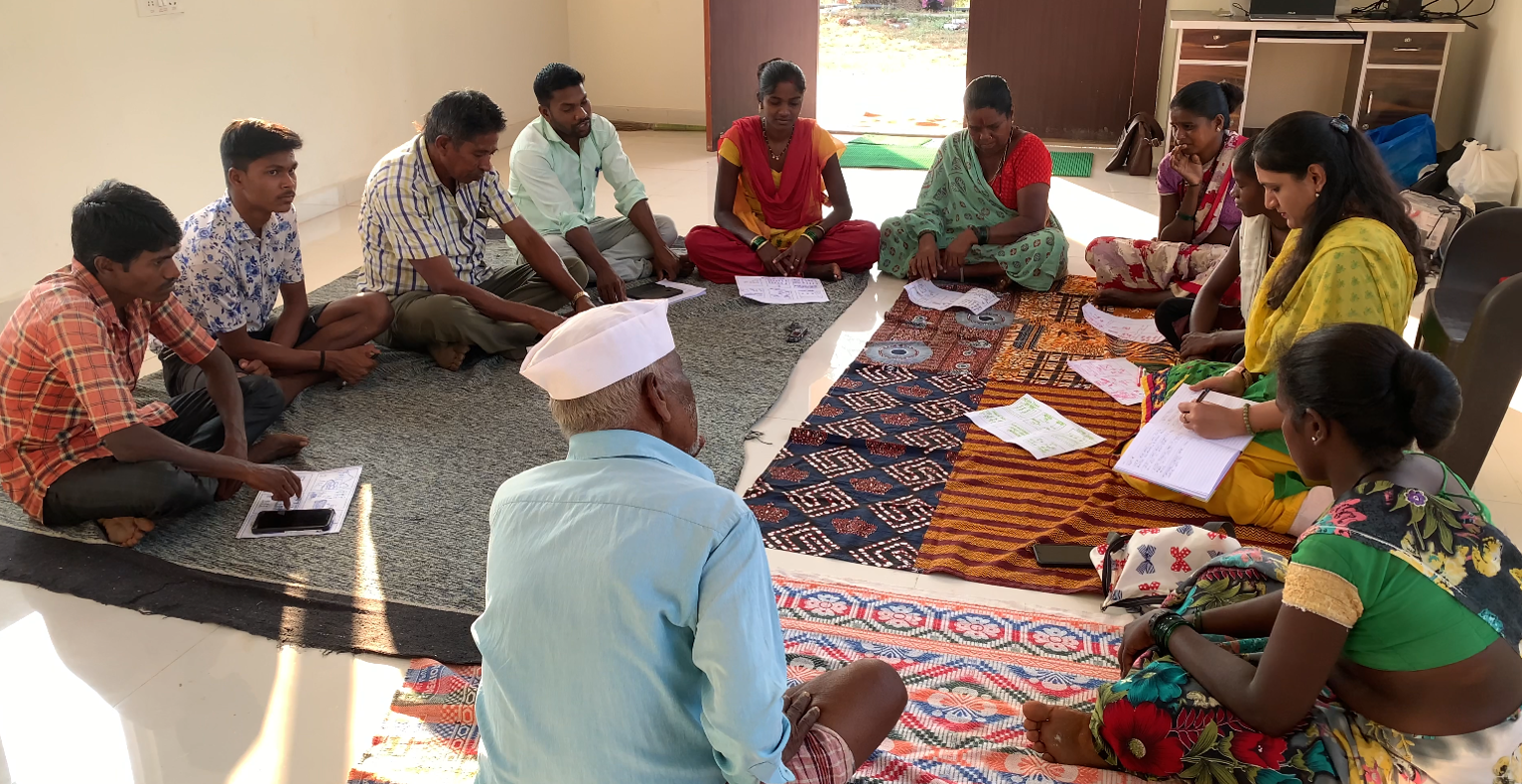
Community Involvement
A key objective of the SUNRISE project is to deploy and demonstrate in a rural setting the solar technology developed by our research teams. However, we must first take into account the human, historical, and cultural contexts within the community, or we risk excluding certain groups or indeed that the technology is rejected entirely. Furthermore, it is important that the success of the demonstrator buildings is defined in more than just economic or technical terms, and that we have methods in place for also determining their social impact (e.g. improvements in wellbeing, job creation, and economic improvements).
In order to achieve social impact that is relevant to the community, we must first actively involve and engage the communities themselves. ‘Community involvement’ (as opposed to just engagement) is when activities or research is carried out ‘with’ or ‘by’ members of the public rather than ‘to’, ‘about’, or ‘for’ them.
The PIPERS for SUNRISE (Public Involvement, Principles of Engagement, Remit & Strategy) programme was therefore established to explore, identify, and embed community involvement and engagement in the SUNRISE project. The aims of the project were to:
- Select principles of public involvement & engagement
- Develop a public involvement & engagement strategy
- Pilot methods of public involvement & engagement
In June 2018, PIPERS for SUNRISE carried out a pilot study in a village in Maharashtra, India (read more about the study here) alongside project partners Tata Institute of Social Sciences (TISS). The purpose of the study was to refine and/or confirm the operational elements of our Public Involvement and Engagement Strategy.
The pilot also tested techniques for facilitating community involvement that could lead to co-production of a social development action plan (SDAP) that would form the basis of a blue print of an agreed local demonstrator building. What local communities understand about the potential of new technologies to meet their needs and utilise their existing capabilities requires the project’s commitment to ensure mutual understanding amongst stakeholders.
Similar methods will be used when sites are selected for demonstrator buildings. The recommendations from the pilot study will be taken into account as well as the ongoing learnings from the community group discussions and actions. Some of these activities include: additional desk-top research, on-the-ground experience from key stakeholders and those already working in the local villages, as well as clear commitments to fully involve the communities in shaping the demonstrator purpose and functions afforded by the sustainable energy systems.
The various paticipatory arts-based methods of involvement selected for the pilot study are outlined in more detail below.
Arts-based Methods of Community Involvement
Body Mapping
Body mapping is a visual and arts-based approach that usually involves tracing around a person’s body to create a life-sized outline. This is subsequently added to by the participant (with drawings, words, materials) to capture their feelings, emotions, physical attributes and thus produces an image representing their embodied experience. It is a creative and reflective process and has the power to generate visual images and representations of often sensitive or controversial issues that a person may not normally verbalise. Body-mapping has the potential to empower people to engage more fully and provide a greater understanding of their experiences, views, and feelings.
Using this method can provide insight into the capabilities of individuals – their current constraints, limitations and difficulties they experience but also the choices, abilities and opportunities that they have and want to achieve. Exploring individual capabilities will influence the activities and facilities that are developed by SUNRISE in each demonstrator site.
Convoy Model of Social Relations
The convoy model of social relations is a useful way to measure the complexity of people’s close social networks. Concentric circles are used to distinguish people in terms of the closeness of their relationship with others in their social networks, and will help participants map characteristics of social affiliation and emotions.
Participants will create or be provided with small figures/dolls that they can choose to represent family and friends that are important in their lives. They will place the figures into the concentric circles that most closely represent the degree of emotional closeness to each person: where the inner circle represents those people to whom they are closest and without whom it is hard to imagine life; the middle circle represents people who are still emotionally close, but are a little less important; and the outer circle represents family and friends who are less close but are still an important part of their life. The number of people in each circle can indicate that size of the network, and the discussion will capture the variation in quality of each relationship. Participants will be asked about the nature of each relationship (e.g. gender, age, proximity and how they functionally or emotionally support each other).
This method will assist in identifying the range, quality, and geographic location of the social relations that individuals have within and beyond their local community. It will reveal if and how these social relations contribute to the individual’s identified capabilities and the information gathered can be used to inform the SUNRISE project in the demonstrator sites.
Occupational Mapping
Occupational mapping is a useful means by which to gain insight into and understand the range of occupations (including non-paid work) of people residing in the demonstrator villages. Participants draw a map (using pens and/or local materials) of the local community and highlight key places of importance to them and where they would go on a regular basis. It enables people to visually express otherwise complex details of their daily lives – movements, interactions, use of space, and relationships. These maps detail local spatial use and serve as a way of identifying routine occupations or roles that participants may not think relevant enough to otherwise highlight explicitly.
In the demonstrator sites an ‘interactive group journey’ through the villages by each group (younger people, middle aged people, older people) will stimulate conversations about places, interactions with others and nature. Audio recordings, notes and photographic images can be used to capture data. During occupational mapping (including all activities people are required, need and want to do) participants will be asked to add their homes and other places visited to an artistic representation of the community. This will trigger conversations describing the location(s) of political/civic engagement; employment; social roles; religious practice; and leisure activities.
Undertaking this activity will provide the SUNRISE project with information about the key facilities and services that currently exist in each of the demonstrator sites. It will also provide valuable insight into any differences in the key places of importance identified by the three groups (younger people, middle aged people, older people) and potentially capture gender differences and specific roles.
Participatory Diagramming
Participatory diagramming is usually conducted among peer groups to facilitate the sharing of experiences, values, and opinions in a safe and supporting environment. Participants develop or select a diagrammatic tool (e.g. involving words or entirely artistic using locally available materials only) to explore a specific question or issue that could lead to listing the priorities for what a demonstrator building could provide.
Building on the findings from the occupational mapping exercise, participatory diagramming will be used by each of the groups in the demonstrator sites to undertake a more detailed exploration of the choices, abilities and opportunities they have within their community to pursue their aspirations. Using locally available materials each group will generate a list of elements (capabilities) that they consider important in their community and a list of criteria against which these elements can be judged. In this instance the groups will be encouraged to focus on the community facilities and services identified through the occupational mapping process and assess the extent to which these enable or constrain their capabilities. Individually, group members will rank the elements. Researchers can generate scores for the cumulated ranks identifying which are the most important capabilities in the community.
This information will assist the SUNRISE team to identify gaps in local facilities and priority areas requiring action that could improve the lives (wellbeing) of individuals, groups and the wider community. This could directly inform the development of the demonstrator sites i.e. what type of building will be built, what it will contain (e.g. education facility, community centre, toilets). It could assist in informing how the community could contribute to the development (construction and maintenance), as well as the support that the community may require to be involved in the way it wishes (e.g. training).
Creative Enquiry
Creative Enquiry was developed by Cap-a-Pie (Co-Is) and brings together ‘community of enquiry’ and participatory arts practice. A ‘community of enquiry’ runs as follows: (i) the facilitator bringing a stimulus to the group e.g. an object, text or music; (ii) the group extract themes from the stimulus; (iii) the group uses the themes to generate a philosophical question; (iv) the group chooses a question; (v) the group discusses the question. Themes generated by the stimuli can be explored creatively and participants can answer the philosophical questions about that they have generated through the creation of new artworks. Creative Enquiry is an extremely flexible method of engagement and creates a safe space for a group to explore issues and topics that resonate and mean something to participants.
Using Creative Enquiry, in each demonstrator site the groups will come together to collectively explore, identify and find commonalities about their capabilities and how these can be enhanced to secure their collective wellbeing. Participants will use what they have produced in earlier sessions, such as art and diagrams, as the stimulus for the collective activities. Themes generated by the stimuli can be explored creatively generating questions for the group to explore. While it will be up to the group to generate their own questions, examples of the type of questions that may be generated could be ‘what do you believe the SUNRISE project should do to provide community residents to have real choice and opportunity to achieve their aspirations?’ or ‘what can the SUNRISE project do to secure the wellbeing of local residents in this community?’ Participants will be asked to answer the philosophical questions about capabilities that they have generated through the creation of new artworks using local familiar materials (e.g. clay, grasses, fabrics, thread, banana leafs, and jute). This new artwork will form the basis for the social action development plan.

